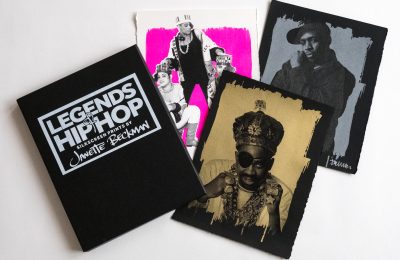

Contemporary figurative art has seen several notable developments and trends in recent years, reflecting shifts in society, technology, and artistic practice.
Exploration of Identity
Many contemporary figurative artists explore themes of identity, including race, gender, sexuality, and cultural heritage. They use their artwork to challenge stereotypes, celebrate diversity, and foster inclusivity.
Interdisciplinary Approaches
Artists are increasingly incorporating interdisciplinary approaches into their practice, blending traditional techniques with new media, technology, performance, and installation. This allows for innovative ways of exploring figurative subjects and engaging with audiences.
Social and Political Commentary
Figurative artists often use their work to comment on pressing social and political issues, such as inequality, environmental degradation, human rights, and migration. They provide a visual language for dialogue and activism, raising awareness and sparking conversations about important contemporary issues.
Reinterpretation of Tradition
While embracing contemporary techniques and concepts, many artists also draw inspiration from art history and traditional figurative styles. They reinterpret classical themes and techniques in a contemporary context, creating artworks that bridge the past and the present.
Diversity of Representation
There is a growing emphasis on representing diverse experiences and perspectives in figurative art. Artists are consciously challenging the historical dominance of certain groups in art by depicting a wider range of subjects, including marginalised communities and underrepresented voices.
Globalisation and Cultural Exchange
Contemporary figurative art reflects the increasing interconnectedness of the world, with artists drawing inspiration from diverse cultural traditions and engaging in cross-cultural dialogue. This globalisation of artistic influence enriches the visual language of figurative art and fosters greater cultural understanding.
Experimentation with Materiality
Artists are pushing the boundaries of traditional materials and techniques, experimenting with unconventional mediums, found objects, and digital tools. This experimentation expands the possibilities for figurative expression and challenges conventional notions of art-making.
Collaborative Practices
Collaborative and community-based art projects have become more prevalent in contemporary figurative art. Artists collaborate with other artists, community members, and organisations to create collective artworks that address shared concerns and foster collaboration and solidarity.